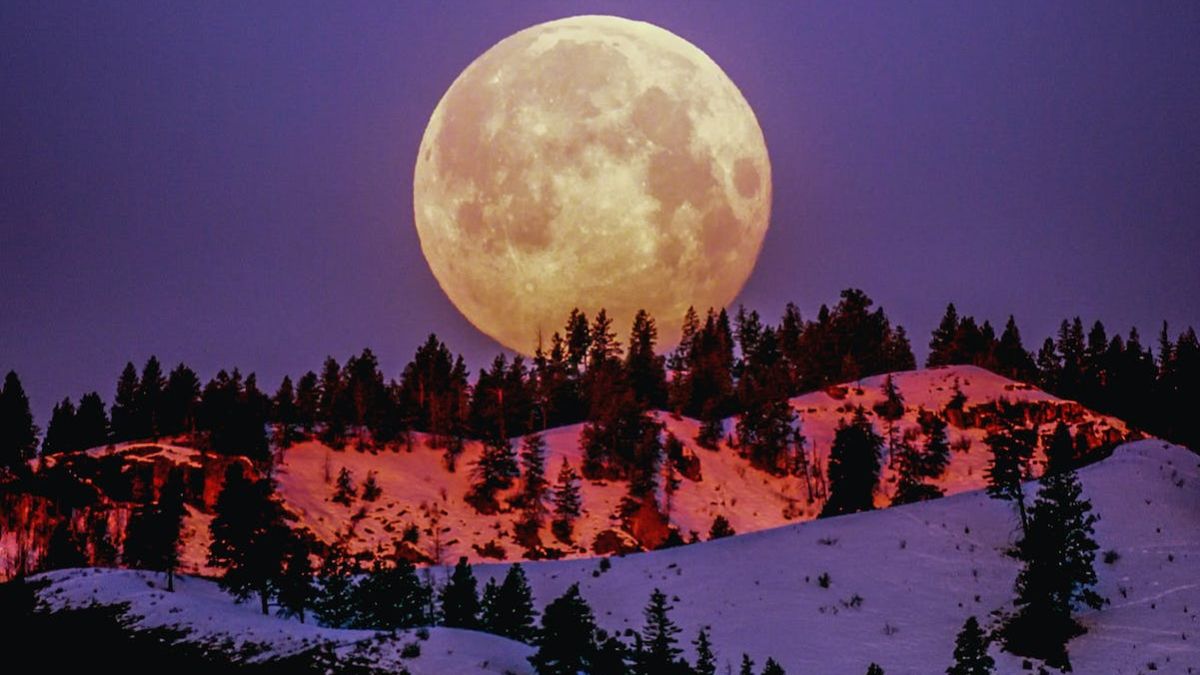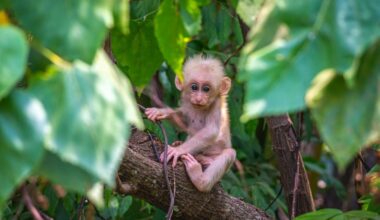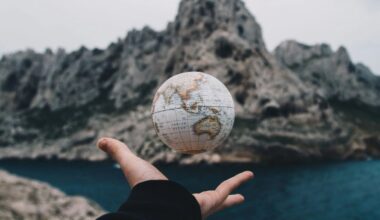The Moon, Earth’s celestial companion, has been a source of fascination and wonder throughout human history. Its serene glow in the night sky and its influence on Earth’s tides make it a celestial marvel. In this exploration, we unravel 10 intriguing facts about the Moon, delving into the mysteries, history, and lunar wonders that have captivated humanity for centuries.
Ancient Symbolism and Myths
The Moon has held significant symbolism in various cultures and mythologies. From the Greek goddess Selene to the Hindu god Chandra, the Moon has been revered as a deity and a symbol of femininity, enlightenment, and cyclical renewal. Its phases have inspired tales of change and transformation across diverse civilizations.
Lunar Phases: A Celestial Ballet
The Moon goes through distinct phases as it orbits Earth, visible from our vantage point. From the waxing crescent to the full moon and through the waning phases, the dance of light and shadow on the lunar surface creates a mesmerizing celestial ballet. These phases result from the changing angles between the Earth, Moon, and Sun.
Impact Craters: Lunar Pockmarks of Cosmic History
The Moon’s surface is marked by countless impact craters, remnants of collisions with asteroids and meteoroids over billions of years. Some craters, like Tycho and Copernicus, are prominent and easily visible from Earth. These lunar impact craters provide a geological record of the Moon’s tumultuous history.

Regolith: Lunar “Soil” Composition
The Moon’s surface is covered in a layer of fine dust and rocky debris known as regolith. This layer is the result of eons of meteoroid impacts breaking down lunar rocks. The composition of regolith differs from Earth’s soil, containing basaltic rocks, glass beads, and minerals that preserve the Moon’s geological history.
Earth’s Tidal Influence
The Moon’s gravitational pull significantly influences Earth’s tides. The gravitational interaction between Earth and the Moon causes the rise and fall of ocean tides. This tidal force also creates a phenomenon known as tidal locking, where the same side of the Moon always faces Earth.
Far Side of the Moon: Hidden Mysteries
The Moon’s rotation is synchronized with its orbit around Earth, resulting in the same side always facing our planet. The far side of the Moon, hidden from direct view, remained a mystery until the space age. The Soviet Luna 3 mission captured the first images of the far side in 1959, unveiling a landscape distinct from the familiar face.
Lunar Maria: Dark “Seas” of the Moon
Lunar maria, Latin for “seas,” are large, dark, flat plains on the Moon’s surface. These areas were formed by ancient volcanic activity, with lava flows filling large impact basins. The most famous lunar mare is the Sea of Tranquility, where humans first landed during the Apollo 11 mission.
Apollo Moon Missions: Human Footprints on Lunar Soil
The Apollo program, initiated by NASA in the 1960s, achieved one of humanity’s most remarkable feats—sending astronauts to the Moon. The iconic words “That’s one small step for man, one giant leap for mankind” were spoken by Neil Armstrong as he became the first person to set foot on the lunar surface on July 20, 1969.

Lunar Water Ice: Potential Resource for Future Exploration
Recent discoveries suggest the presence of water ice in permanently shadowed regions of the Moon, such as craters near the lunar poles. This finding is crucial for future lunar exploration, as water can potentially serve as a resource for supporting human settlements or as fuel for deep space missions.
Earth’s Moon as an Exoplanet Benchmark
The study of the Moon provides valuable insights into the characteristics of exoplanets—planets beyond our solar system. Its well-documented geology, lack of atmosphere, and proximity make the Moon an essential benchmark for understanding planetary processes and potential habitability factors.
The Moon, Earth’s constant companion in the cosmos, continues to captivate our imaginations and inspire scientific inquiry. From ancient myths to the achievements of modern space exploration, the Moon remains an integral part of human culture and scientific exploration. As we unravel its mysteries and contemplate its influence on Earth and beyond, the Moon stands as a symbol of both celestial beauty and scientific curiosity, inviting us to gaze skyward and dream of the possibilities beyond our planet.










